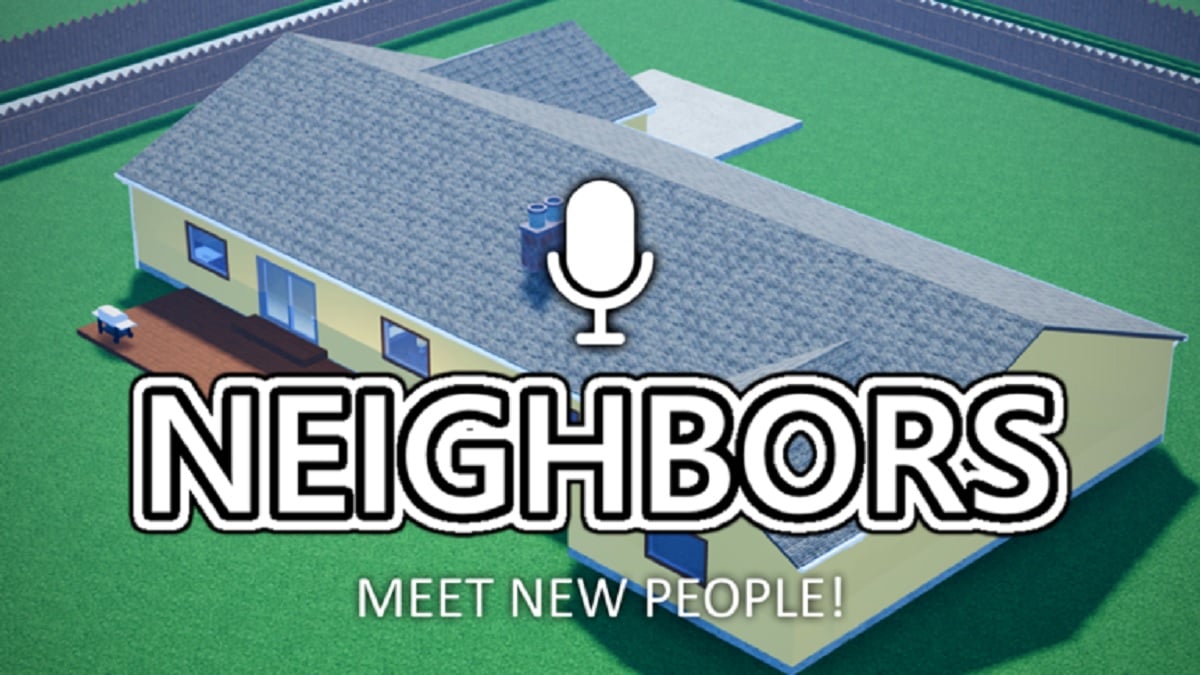Back 4 Blood on PC
While I’ve only played a total of —checks notes— two hours of Left 4 Dead 2 on Steam, my favorite memories of this game come from LAN parties that took place almost a decade ago, before the pandemic was a thing. A whole group of us would go to the LAN shop in town after school, sit in a neat row next to each other and just start blasting away. Friends would shout at me from across the table frantically, cursing and swearing when they were forced to play the zombies as I pelted them with shotgun shells. Those were good times, simple times, and I never found another zombie co-op shooter game that hit quite the same as this one.
Back 4 Blood comes with the bones of L4D2, and with most of its original development team working on it, this game seemed poised to fill the L4D3-shaped void in the video game industry. I can’t exactly guarantee that it’ll give you that same feeling of pure, unbridled joy and fun you got from spending hours on L4D2 in the LAN shop, but from what I’ve seen so far, it very well might.
The setup feels instantly familiar; you and three other friends can team up to play through a campaign made up of various different levels that are all filled with hordes and hordes of zombies to get through. The playable characters, referred to as Cleaners in Back 4 Blood, are instantly likeable and distinct. Holly hammers nails into her baseball bat and goes around whacking zombies with it, while Mom is, well, like the mom of the team. She has pretty good support abilities and can revive teammates pretty easily.
Right off the bat, the chemistry between all the characters feels natural. Whether it’s Holly yelling at Walker when you shoot her by accident (“Weren’t you trained to use that thing?!”), or Evangelo screaming “TALL BOY!” at the top of his lungs, the general vibe of Back 4 Blood’s cast just feels fun and really high energy.

While I’m not sure they’ll ever reach the same levels of iconic as characters like Zoey, or Ellis, or Francis, they’re still a pretty fun bunch. And their unique passive abilities and skill sets definitely encourage me to experiment around, too, and see how everyone gels with each other.
The levels are a joy to play through, with each one throwing some sort of tricky obstacle at the player. You could be defending an area from a seemingly unending horde in one level, and sailing across the water in a ferry that’s infested by zombies in another. The game loves throwing curveballs at the player, and the variety in level design makes the game feel truly exciting.
There are hazards scattered everywhere, and one wrong move could result in an entire horde of zombies crashing down on your team. Things get frantic really quickly, and if you’re not careful, you might very well lose the entire run there.
You can make things a little easier on yourself, though, and that’s where the game’s deck-building mechanic comes in. Completing levels rewards you with Supply Points, which can then be used to unlock cards and weapons in Supply Lines back at the base camp. Supply Lines are basically Back 4 Blood’s version of a skill tree, and this is your primary way of getting new cards and gear to keep your runs feeling fresh.
The more cards you unlock, the better you’ll be able to shape your play-style and work on a build that you really like. For instance, unlocking a mobility card for your deck and pairing it with Evangelo seems like a no-brainer, given that he’s already got better stamina regen rates. You could build him as a really speedy character who can zip to objectives quickly, and put a few healing-related cards on him as well to make him a bit handier for revives.
There is an element of RNG to the cards, of course, as once you’ve built your deck, you’ll only get to play a handful of them at the start of an act, then pick an additional card to play for each chapter break after that. It’s generally a good idea to keep the deck small to increase your chances of getting good cards you want to play, and on a character who can get the most out of it.

On the flip side, cards get played for the zombies at the start of each chapter as well, adding tricky modifiers that you’ll have to deal with along the way. There are also challenge modifiers, such as beating the level within a certain time limit to gain extra rewards. Whereas L4D lived and died solely by the strength of its level design, Back 4 Blood takes that foundation and builds upon it with a progression system that naturally helps to prevent things from getting stale.
Where Back 4 Blood falls short is in its solo campaign and PvP mode. Similar to L4D, playing as the zombie in Back 4 Blood just isn’t very fun. Matches feel one-sided most of the time, often in favor of the Cleaners, and waiting to respawn as a regular zombie just to get completely smashed in a few seconds isn’t a great feeling.
Solo players will also not be pleased to know that most of the game’s achievements are locked out of the single-player campaign, and your unlocks won’t carry over to multiplayer runs. The logic behind this decision seems sound; the idea is that you’d want to experiment with different loadouts in a solo run, see what works for you, then take that knowledge online with other players. But for those who just want to enjoy the game on their lonesome, this can feel like a slap in the face.
In spite of its shortcomings, though, Back 4 Blood is already starting to feel like it could very well become my go-to zombie shooter whenever I just want to have a fun, social experience with friends. Despite how saturated the zombie game market has become, Back 4 Blood cuts through all the noise and delivers a solid co-op shooter that oozes charm and prioritizes fun with friends over everything else.
- Charming and likeable characters.
- Levels are varied and exciting.
- Runs never feel stale because of the random modifiers from cards.
- Progression is satisfying, with the ability to build around characters with the cards you unlock.
- Solo play without any achievements is a bummer.
- The PvP mode is mediocre.













Updated: Oct 13, 2021 02:06 am